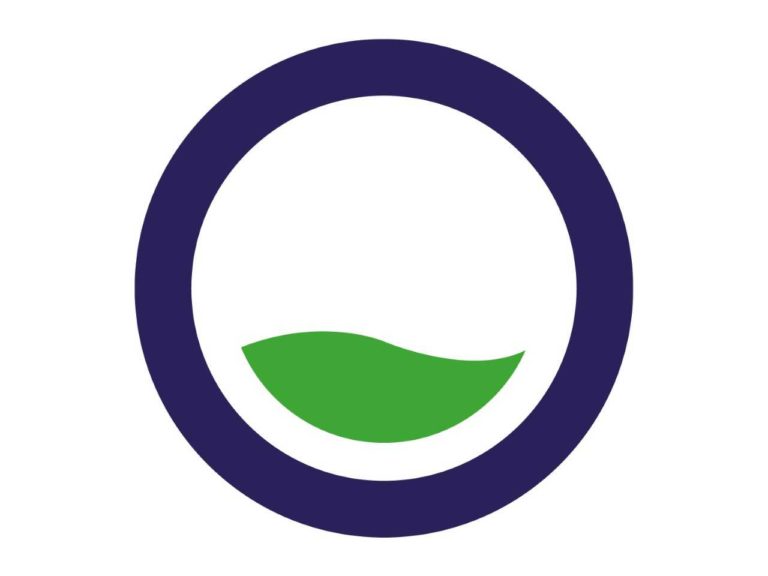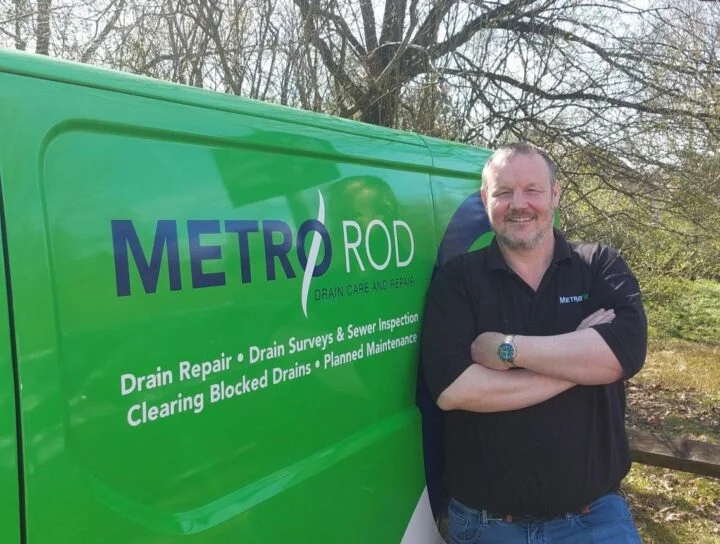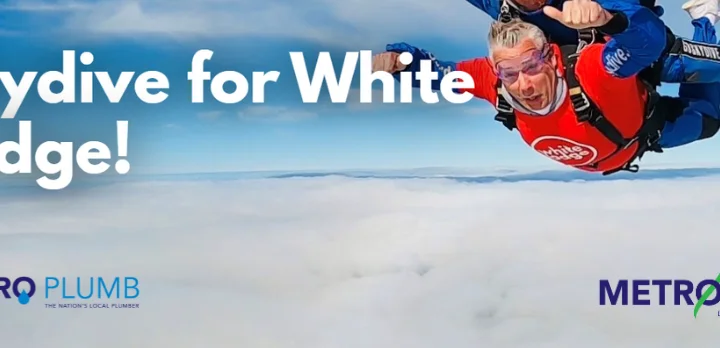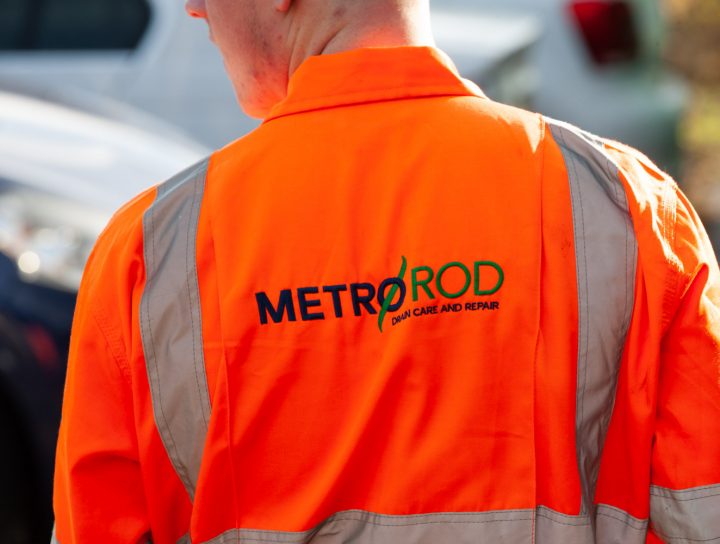CCTV surveys are a huge part of our work here at Metro Rod HLP and the demand for this type of work just keeps on growing. This explains why we have recently invested in FIVE new CCTV cameras, which our fully trained engineers are thrilled about – no more squabbling over cameras as everyone now has their own! Today we have gone on site with Geoff and Thinus to try out one of our new cameras and attempt to solve the problem for a customer who is suffering from repeat blockages at her business.
What is a CCTV survey?
A CCTV survey is essentially a video recording of the inside of your drainage system which allows our engineers to see any underlying issues that may be causing your problems with your drainage system. It allows us to see real time footage of the pipes and highlights issues such as cracks, displaced joints, root ingress and collapses. This footage is then sent to our CCTV specialists in our office for it to be analysed and solutions offered to get your drainage system back in full working order.
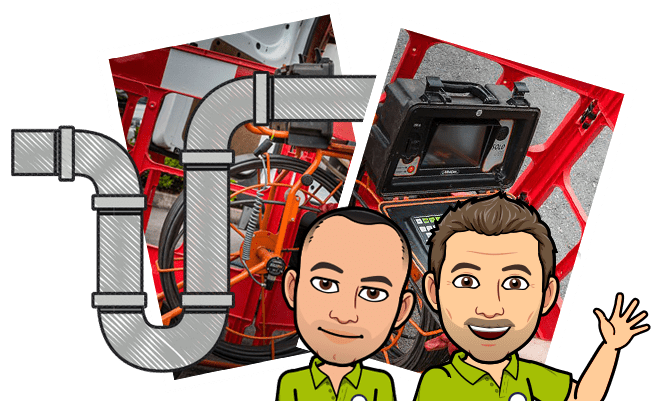
Today Geoff and Thinus have arrived on site to carry out a survey of an external drain outside of a bakery. The customer has been suffering with blockages on and off for a year, and every time they are cleared, within a few weeks the tend to come back. It is often the case in these types of situations that we would recommend a CCTV survey as there is undoubtedly something a-miss that need investigating.
After identifying the best location for the survey to be carried out, Geoff unloads our new dedicated CCTV van of equipment whilst Thinus sets up a secure area to highlight the fact they are working… we don’t want anyone falling down a manhole… they can be surprisingly deep and of course messy so health and safety is key!
Once the area has been made safe, it’s time to start the survey and get to the bottom of these repeat blockages…
- The first step when completing a CCTV survey is to identify the best location for the camera to be put into the system. Sometimes, this can be from the manhole outside the property, and in other situations this can be through the stack pipe or even down the toilet! This all depends on the suspected location of the problem and of course access issues – we need to make sure we are going to be able to see the problem! Once the best location has been decided, it’s time to get the jetter out and give those drains a clean ready for the camera.
- The next stage is to high pressure water jet the line that needs to be recorded. This ensures that any debris and build up is removed as much as possible so a clear picture of the drains can be obtained. This helps our CCTV experts both on site and back in the office analyse the problem fully and identify solutions to solve it.
- Once the high pressure water jetting is complete, it’s time for the camera! The CCTV camera is fed down the drain and feeds the images back to a ‘box’ or screen that the engineers can view in real time. This allows them to manoeuvre the camera to get the best views possible.
- The camera is pushed down the drainage system until either the end of the line is reached or the problem is highlighted and we aren’t able to progress any further. Sometimes the issue can be as serious a complete collapse - where the line is blocked with rubble and we can’t physically reach any further. In many cases, the survey will simply highlight smaller issues such as root ingress or cracks which can be the cause problems such as repeat blockages.
- Once the line has been fully ‘camer-ed,’ the camera line is pulled back and removed from the drain and the engineers complete a ‘site drawing’ identifying the location of the start of the survey and all the lines that have been recorded. This is then sent to our office so our annalists can see the locations of the lines that have been documented. This helps with the accuracy of their report and can often help with the identification of problems.
- All the footage that is recorded onto the camera ‘box’ is remotely uploaded to a portal where our in-office CCTV experts can download and analyse the footage. All of the footage is recorded in real time and includes precise measurements along the drain pipes. This allows us to specifically detect the location of the issues and categorise the severity of the problems. A report is then generated that identifies all the concerns with the line and offers suggestions for repairs. These are coded in three colours – ‘green’ for good, ‘orange’ for needs attention and ‘red’ for severe!
- The report is then sent to our customer via email with all the findings and recommendations for them to see. Photos of the problems are included along with quotes for repair. Our technical advisers are always on hand to offer any advice so if you should our customers need to discuss their survey, there is always someone on hand to help.
After today’s survey has been completed, the footage is remotely uploaded to an online portal and sent back to Kelly in our office for her to analyse. Our CCTV experts are trained to pay close attention to even the tiniest details and at first the only issues seemed to be a build-up of scale in the pipe. Although this can reduce the diameter of the pipes which can affect its ability to carry waste away, in this instance, this wasn’t enough to explain all the blockages… and then the real issue reared its head! A displaced joint!
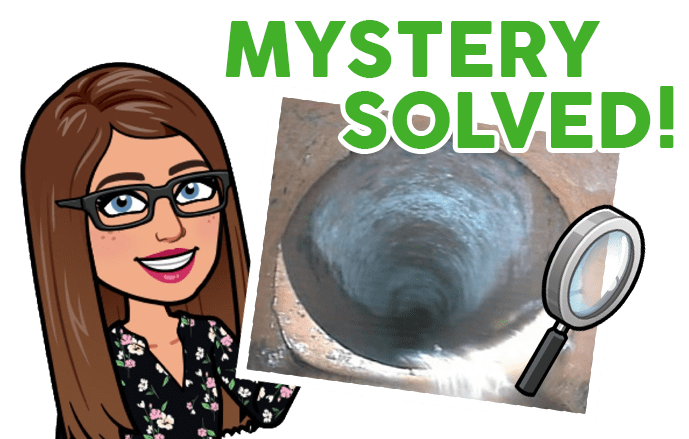
A displaced joint is a term which explains a situation where two pipes which have been joined together have slipped, and no longer align properly. This causes a ‘lip’ where waste and paper etc. can get snagged and build up, which can stop further matter being able to pass through. Now this explains all those blockages! From this data, Kelly can recommend the best way to fix the problem. All of this information without even having to pick up a shovel.
Once Kelly has processed the report and written about all of her findings, it is then sent to our customer for her to read. It categorises all the issues and makes recommendations so now she can make an educated decision about fixing the problem.
If you’re interested in finding out more about our CCTV services, please give us a call on 01472 859895 and one of our CCTV experts will be able to talk through your requirements and advise you on the degree of survey you may need.

Talk to your local Metro Rod specialist
We are always happy to arrange a free site assessment and no obligation quotations for any work you might need. Alternatively, you can call our emergency hotline number on 0800 66 88 00
Get in touch Drainage Services